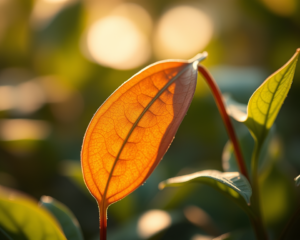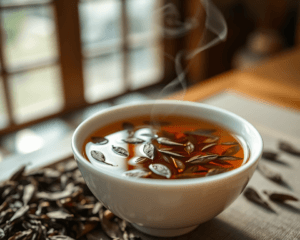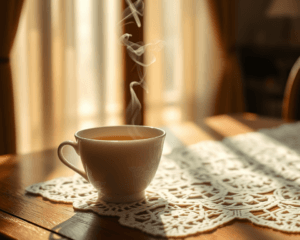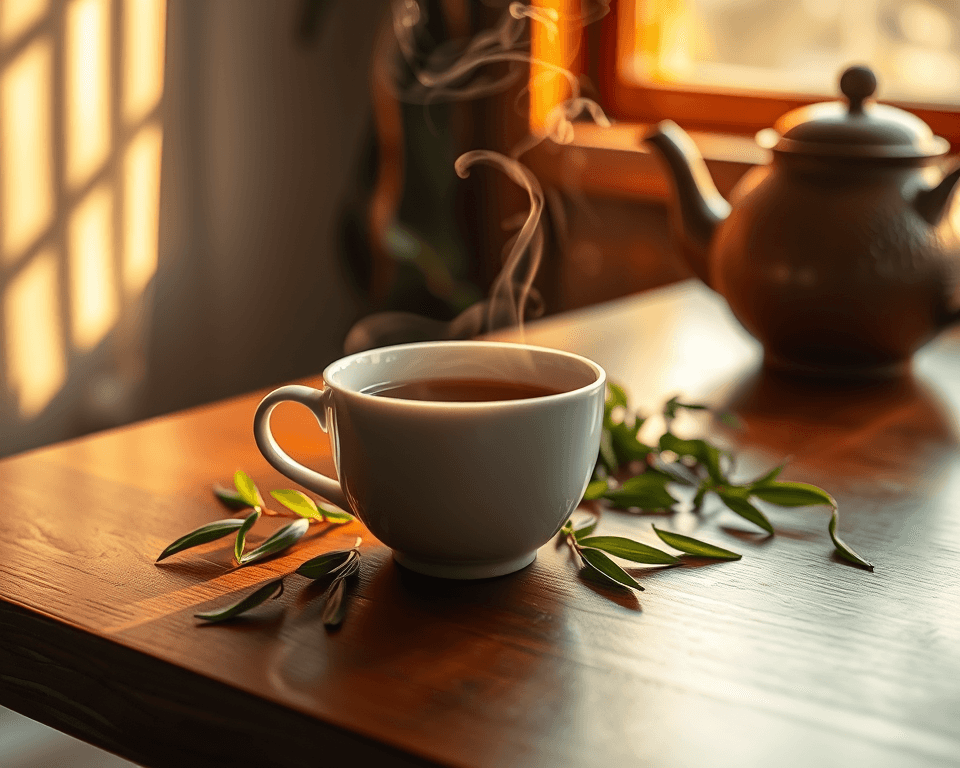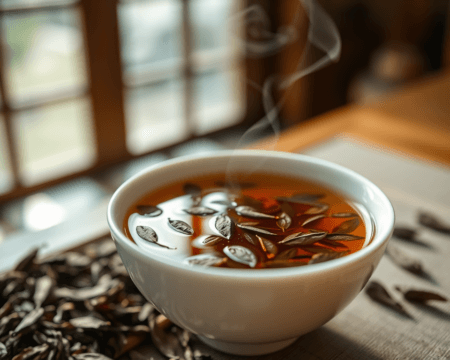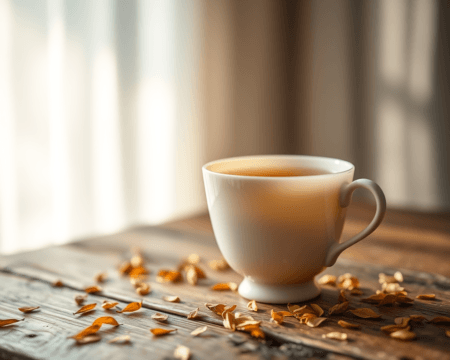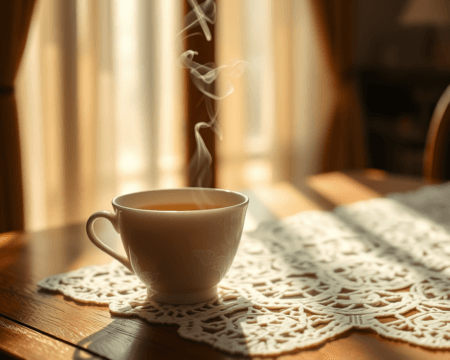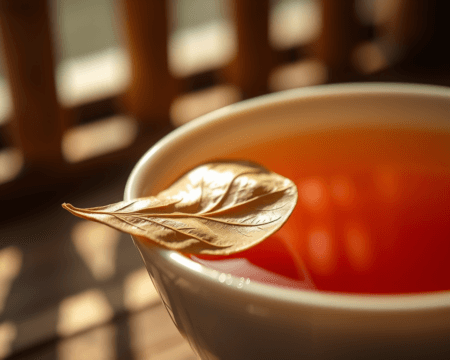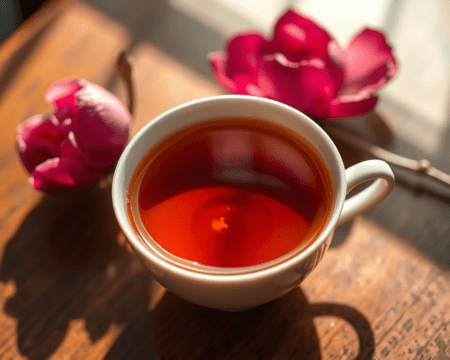Every cup of tea tells a story. From the ancient traditions that shape its steeping methods to the science packed inside those humble leaves, there’s more to tea than just pouring hot water over it. If you’ve ever taken a sip of poorly steeped tea—bitter, bland, or just plain lifeless—you know that the right method is crucial. Here, we’re breaking it down step by step so you can unlock an incredible brew every single time.
Key Takeaways
- Master the basics of steeping to enhance flavor extraction and elevate your tea drinking experience.
- Temperature matters: different teas require specific heating levels to achieve the ideal steep.
- Avoid common pitfalls like over-steeping or using boiling water, which can ruin your cup.
- Explore cultural practices that enrich your understanding of tea preparation around the world.
Understanding the Basics of Tea Steeping
What is Steeping and Why it Matters?
Steeping isn’t just a fancy term for soaking leaves in hot water; it’s a critical process to extract flavors from tea leaves. Think of steeping as the secret handshake between the water and the tea leaves. If you want a tea that sings with flavor, you must understand how this magic works.
The steeping process involves flavor extraction and infusion time. The longer you steep, the more bold and intense the flavor becomes—but hold on! You’ve got to strike a balance. If you leave those leaves too long, you’ll end up with a bitter concoction that could put a bad taste in your mouth—literally.
The Role of Temperature in Steeping
Now, let’s talk about something really important: steeping temperature. Not all teas are created equal when it comes to temperature. You wouldn’t pour boiling water over delicate green tea, would you? That’s like using a sledgehammer to crack a nut.
Here’s a quick guide:
– White tea: 160-185°F (70-85°C)
– Green tea: 175-185°F (80-85°C)
– Oolong tea: 185-205°F (85-96°C)
– Black tea: 200-212°F (93-100°C)
– Herbal tea: 212°F (100°C)
Getting the ideal brewing temperature is essential—not just for the flavor but for the overall experience of enjoying that steaming cup of goodness. Use a thermometer or an electric kettle with temperature settings to nail this aspect perfectly.
Step-by-Step Guide to Steeping Different Types of Tea
Steeping Green Tea
Green tea has gained popularity for its health benefits and delightful flavors. But to fully unlock its potential, you’ve got to be gentle with it. The optimal time for green tea is generally between 2-3 minutes. Use water at about 175°F for the best results.
Here’s a quick trick: Start with high-quality leaves like Sencha or Gyokuro, renowned for their flavor profiles. When you steep, give the leaves room to swim and breathe—that’s where the magic happens. You’ll end up with a cup that’s bright and refreshing, rather than grassy and bitter.
Steeping Black Tea
When it comes to strong tea, black tea is king. If you want a robust infusion that packs a punch, opt for Assam or Ceylon varieties. For a rich flavor enhancement, you’ll want to steep it at around 200°F. Aim for about 3-5 minutes.
But here’s a pro tip: Experiment with time. If you like a bolder tea, opt for a longer steeping duration. Just be careful not to go overboard—too long and you’ll land in bitter town, population: you. Try something classic like English Breakfast for a hearty cup that’s always satisfying.
Steeping Herbal Tea
Going caffeine-free? Herbal teas are your best bet. From the calming chamomile to zesty peppermint, these infusions offer a wide array of flavors. When steeping herbal tea, you can really go for it with a boiling temperature, around 212°F. This allows for maximum flavor extraction.
The recommended steeping times can vary, but generally, you’re looking at 5-7 minutes. Don’t be afraid to play around with your favorite blends—like rooibos, known for its naturally sweet flavor and health benefits. The longer steeping time lets all those lovely flavors dance together.
Tips for Achieving the Best Flavor
Common Mistakes to Avoid When Steeping
Alright, let’s address some real deal-breakers. Over-steeping is a classic pitfall—it can lead to a flavor imbalance that’ll leave your palate in distress. Don’t let those leaves sit for too long! Using boiling water on delicate teas is another huge no-no.
If you notice your tea tasting off, ask yourself:
– Did I steep too long?
– Was my water temperature right?
– Did I use quality leaves?
Avoid these mistakes to maximize your tea experience and unlock all those nuanced flavors.
Enhancing Your Steeping Experience
Want to take it up a notch? Incorporate some flavor additives like a slice of lemon or a splash of honey. Fancy tea accessories, like a proper tea strainer or an elegant mug, can make the ritual feel even more special. Don’t forget about the taste testing aspect! Invite some friends over for a tea tasting session. Share your findings on which steep times and flavors resonate best with your crowd.
If you really want to elevate your brewing game, check out tools like the Breville BTM800XL Tea Maker. It’s a game-changer, allowing you to monitor steeping time and temperature effortlessly. You can scoop it up for around $200—totally worth it for those who take their tea seriously!
Cultural Perspectives on Tea Steeping
Traditional Methods from Around the World
Tea isn’t just a drink—it’s a cultural touchstone. Take Moroccan mint tea, where the preparation involves a unique pouring technique that creates aeration and enhances flavor. Then there’s the elegant Chinese tea ceremony, focusing on the rituals of brewing and serving tea. Each culture offers a different perspective that reflects their values and traditions, deepening your appreciation for every sip.
The Impact of Water Quality on Tea Flavor
If you think water is just water, think again! The quality of water can drastically affect your brew. Tap water filled with minerals might give your tea a funky taste, while pure filtered water can bring out the vibrancy of your leaves. Test different water types to find what works best for you.
To really assess what you’re working with, consider putting your water through a TDS meter (total dissolved solids). Aim for water with a TDS level of 50-150 ppm for optimal flavor extraction—this can make all the difference!
Unlocking the perfect brew is a combination of art and science. Master these tips, and you’ll be on your way to impressing everyone with your tea skills. Whether you’re a green tea novice or a black tea enthusiast, brewing the perfect cup is within your reach. Cheers to that!
Frequently Asked Questions
How do I choose the right temperature for steeping different types of tea?
Selecting the correct temperature is essential for optimal flavor. Generally, green tea requires lower temperatures around 160-180°F (70-80°C), while black tea benefits from boiling water, about 200-212°F (93-100°C). Herbal teas often need similar high temperatures for the best extraction.
What are the signs that I am over-steeping my tea?
Over-steeping tea can lead to bitterness and astringency. If you notice a harsh taste or a darkened color in your brewed tea, it’s likely over-steeped. Each type of tea has a recommended steeping time—be sure to adhere to these guidelines to avoid unwanted flavors.
Can I reuse tea leaves, and how many times can I steep them?
Yes, you can reuse tea leaves! Many types of tea, especially oolong and green, can be steeped multiple times. Typically, leaves can be reused 2-3 times, but be mindful that the flavor diminishes with each steeping. Adjust the steeping time based on previous infusions.
What is the difference between loose-leaf tea and tea bags?
Loose-leaf tea generally offers higher quality, better flavor, and more complex aromas compared to tea bags, which often contain smaller or lower-grade leaves. Loose-leaf tea allows for greater leaf expansion, resulting in better extraction and a fuller flavor profile during brewing.
How do cultural practices influence tea preparation?
Cultural practices affect tea preparation in various ways, from specific brewing techniques to the type of tea served. For example, Japanese tea ceremonies emphasize mindfulness and ritual, while Chinese practices may focus on the art of Gongfu tea brewing. Exploring these traditions can enhance your appreciation of tea.
What are some common mistakes to avoid while steeping tea?
Common mistakes include using water that’s too hot for delicate teas, over-steeping, and using low-quality or stale tea. Additionally, not properly pre-warming your teapot can affect the overall temperature during brewing. Paying attention to these factors can help achieve a better cup.
Is there a specific way to store tea for maximum freshness?
Yes, to keep tea fresh, store it in a cool, dark place in an airtight container, away from moisture and strong odors. Avoid clear containers, as light can degrade the leaves. Proper storage helps maintain flavor and extends the shelf life of your tea.
How can I enhance the flavor of my steeped tea?
To enhance tea flavor, consider adding complementary ingredients like lemon, honey, or spices. Experiment with different steeping times and temperatures, or explore mixing different types of tea for unique blends. Using high-quality water can also significantly improve the final taste of your brew.
